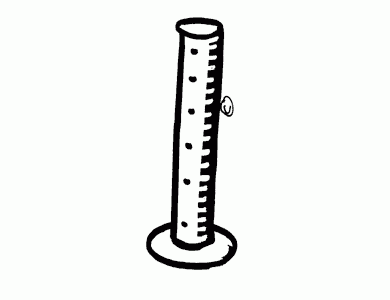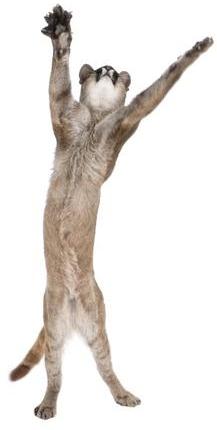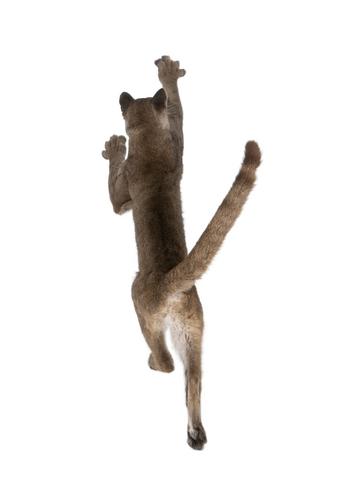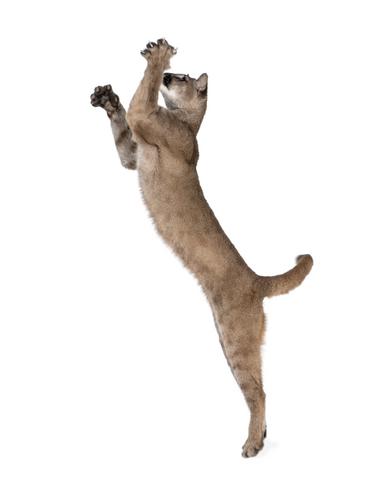Scientific Method
Objectives:
Students will be able to list verbally the seven steps used in scientific method.
Students will be able to list the controls used in the experiment after a class discussion.
Students will be able to list the flaws in the experiment and create solutions after a class discussion.
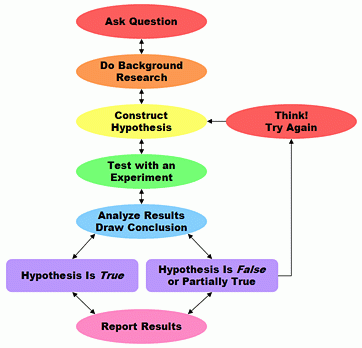
Activity - view the Power Point presentation found at
http://science.pppst.com/scientificmethod.html
There are several there for different levels. My students would need a more elementary level so I choose the Scientific Methods Basic found in the first list. It is a little gruesome with rattlesnakes so the students found it appealing.
Activity -
Give students the question -
Which falls faster (will hit the ground first), a rubber ball 2 inches in diameter or a rubber ball 6 inches in diameter?
Gather information through discussion – observations from life in this case.
Hypothesis – Students answer on their own which they think will fall faster and why in the format of "The ______ ball will hit the ground first because _________________."
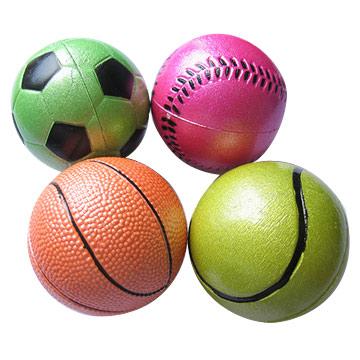
Discuss students' hypotheses.
Introduce the idea of control. What must be the same for each ball? Would it be a good idea to take take identical balls and drop them together first? Why?
Test the hypothesis with the experiment with the controls discussed
Place a line of tape on the wall 9 feet above the ground. Teacher stands on chair or desk to hold each ball so that the bottom of the ball is at line level but not touching the ball. Several students lie on the ground to watch the balls hit and several watch the balls being dropped. Do the experiment several times, kids love it!
One student records the results on the board in a simple chart.
Discuss the conclusion – Balls seemed to drop the same regardless of size and weight.
Students discuss problems with the experiment – hard to tell if they hit exactly at the same time; human error in dropping; human error in watching; etc. How can you make the experiment better? Give the students free range so they can come up with thoughts like using a machine to drop the ball, or using lasers to time the dropping of the balls How can you extend the experiment? Try more experiments – same weight, flat paper verses crumples loosely, crumpled tightly, airplane shape. Have fun but make sure discussion takes place and results are recorded.
Review - Students will fill out a worksheet after the discussion.
Virginia Department of Education Standards of Leaning files.
Physical Science Standard of Learning from Virginia Department of Education
PS.1 The student will plan and conduct investigations in which
a) chemicals and equipment are used safely;
b) length, mass, volume, density, temperature, weight, and force are accurately measured and reported using metric units (SI—International System of Units);
c) conversions are made among metric units, applying appropriate prefixes;
d) triple beam and electronic balances, thermometers, metric rulers, graduated cylinders, and spring scales are used to gather data;
e) numbers are expressed in scientific notation where appropriate;
f) research skills are utilized using a variety of resources;
g) independent and dependent variables, constants, controls, and repeated trials are identified;
h) data tables showing the independent and dependent variables, derived quantities, and the number of trials are constructed and interpreted;
i) data tables for descriptive statistics showing specific measures of central tendency, the range of the data set, and the number of repeated trials are constructed and interpreted;
j) frequency distributions, scattergrams, line plots, and histograms are constructed and interpreted;
k) valid conclusions are made after analyzing data;
l) research methods are used to investigate practical problems and questions;
m) experimental results are presented in appropriate written form; and
n) an understanding of the nature of science is developed and reinforced



